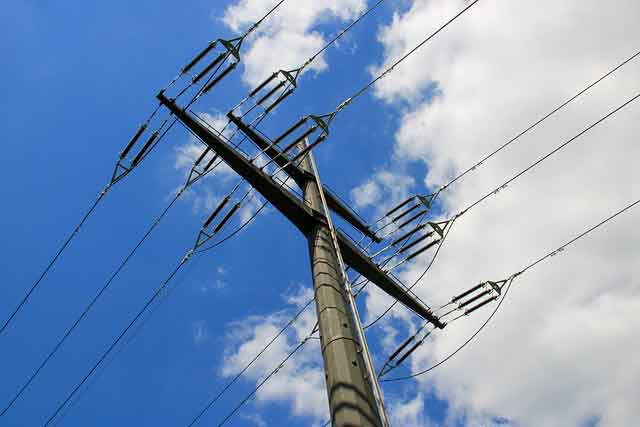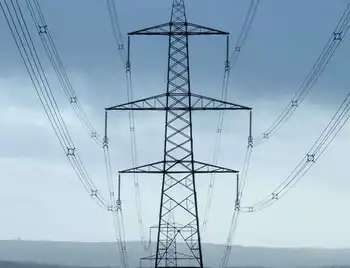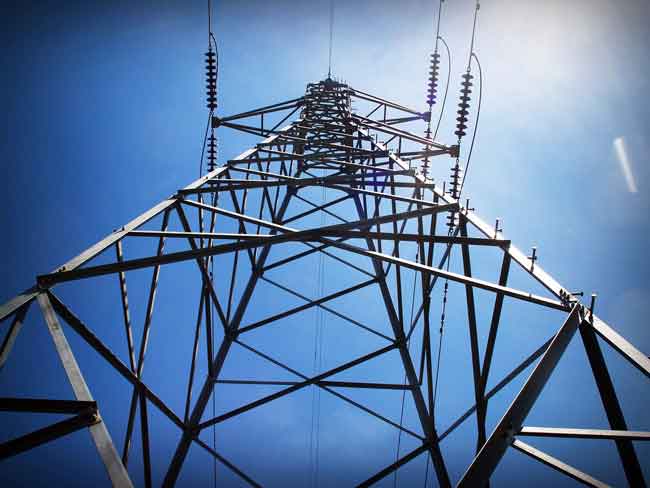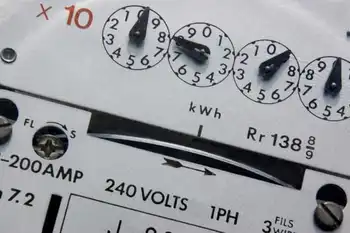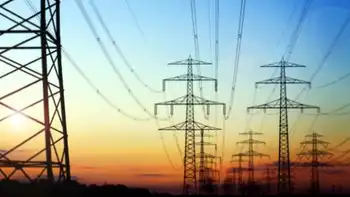The power of exports
By Financial Post
Substation Relay Protection Training
Our customized live online or in‑person group training can be delivered to your staff at your location.

- Live Online
- 12 hours Instructor-led
- Group Training Available
Alberta is a unique electricity market, being the only privatized one in Canada. Generators have access to the grid on a competitive basis and the location of transmission lines and generation plants is regulated by authorities.
Power is reliable and relatively cheap — my electricity charge in my last bill was about seven cents per kilowatt hour, not any different than Ontario charges except I would also have to pay stranded debt charges there for a mismanaged public-controlled system. Alberta has had no brownouts or power shortages and if need be electricity can be imported from British Columbia and Saskatchewan.
With power growing in Alberta from 5,700 MWH in 1989 to almost 9,800 MWH today, additional transmission lines are needed in some form, a point upon which almost everyone agrees. Only one transmission upgrade has taken place since 1989. AlbertaÂ’s electric system operator recently released a $14.5-billion transmission plan to address the power systemÂ’s long-term needs.
The debate, however, is focused on whether one or two lines are needed between Edmonton and Calgary and whether they should be direct (DC) or alternating current (AC) lines (AC lines are cheaper but less efficient). Consumer groups and CalgaryÂ’s power company, Enmax, have opposed Bill 50 based on the argument that the two new DC lines are unnecessary and costly. Power producers and AltaLink (which would build the two lines) strongly support the bill.
The total cost of the new lines is $3.1-billion. Ratepayers would bear this cost and, of course, many will oppose lines being built close to their home.
The real question is what is good for Alberta, which is rightly the Stelmach government’s chief concern. This can be easily understood as a matter of cost-benefit analysis — take those actions that provide the highest returns to Albertans. A good policy process would have the data put out publicly for review by stakeholders to help reach the best decision. People might argue about the data but at least it helps forge a consensus.
The aim of regulations is to ensure that Albertans have cost-efficient power delivered reliably. These laudable objectives, however, are undermined by two important limitations in policy.
The first is that transmission costs are paid by the ratepayers only; generators themselves do not pay directly for the costs themselves. Although one would expect that any costs borne by electrical generators would be ultimately shifted forward to consumers, the generators have little incentive to cut back on generation since transmission looks like a free good to them. This can lead to oversupply of generation relative to transmission.
Policy is further distorted by the lack of location pricing in that the same transmission price is charged regardless of distance, unlike privatized markets elsewhere. This is similar to the CanadaÂ’s postage system in that we pay the same stamp duty for sending a letter whether it is local or national delivery. This encourages the construction of generation in far-flung parts of the province rather than encouraging generation closer to the market. In other words, the market becomes distorted by the lack of marginal cost pricing based on transmission distance.
Building the north-south transmission capacity is important since it integrates better electrical markets with competitive prices. If transmission lines are limited in scope, then local monopolies can develop since some parts of the market are only serviced by one or two generators. Further, new alternative energy supply such as wind and hydro require projects to be attached to the electrical grid. Again, locational pricing is critical to help choose between different generation projects as well as to ensure the full integration of markets.
Even if better transmission pricing policies were adopted, Alberta might find that at least one DC line between Calgary and Edmonton would be optimal with the rest of power provided by local generation. Whether a second line is needed is something that experts would need to debate with comparative analysis. One recent paper suggested that reliable power could be provided by more generation only, although the authors make clear that a more integrated solution for transmission and generation would be far better.
In fact, a second line might be critical if Alberta looks to export power similar to Quebec and some other Canadian provinces. Currently, less than 1% of Alberta electricity is exported. There is no reason not to be more aggressive in exporting this value-added commodity rather than just exporting fossil fuels for electricity generation elsewhere in North America. Electricity exports maximize the wealth of Alberta by adding jobs to the economy. The recent PC convention focused on upgrading bitumen to oil but failed to consider electricity exports, which is another form of upgrading resources.
One reason Albertans may oppose electricity exports is the fear that the costs would fall upon themselves as ratepayers. This problem is easily handled by appropriate cost allocations, whereby transmission costs to export markets would be included in export prices. Given that U.S. electricity prices tend to be higher than the domestic price, Alberta might fear that domestic prices would also have to rise. This in itself is not a bad outcome since it encourages better conservation practices while increases incomes earned by Albertans.
Even if Bill 50 moves ahead, Alberta needs to examine its current regulatory framework for electrical generation and transmission in the future. Far better policies are available to achieve cost-efficient and reliable power as well, letting value-adding electricity exports become a wealth generator for the province.





